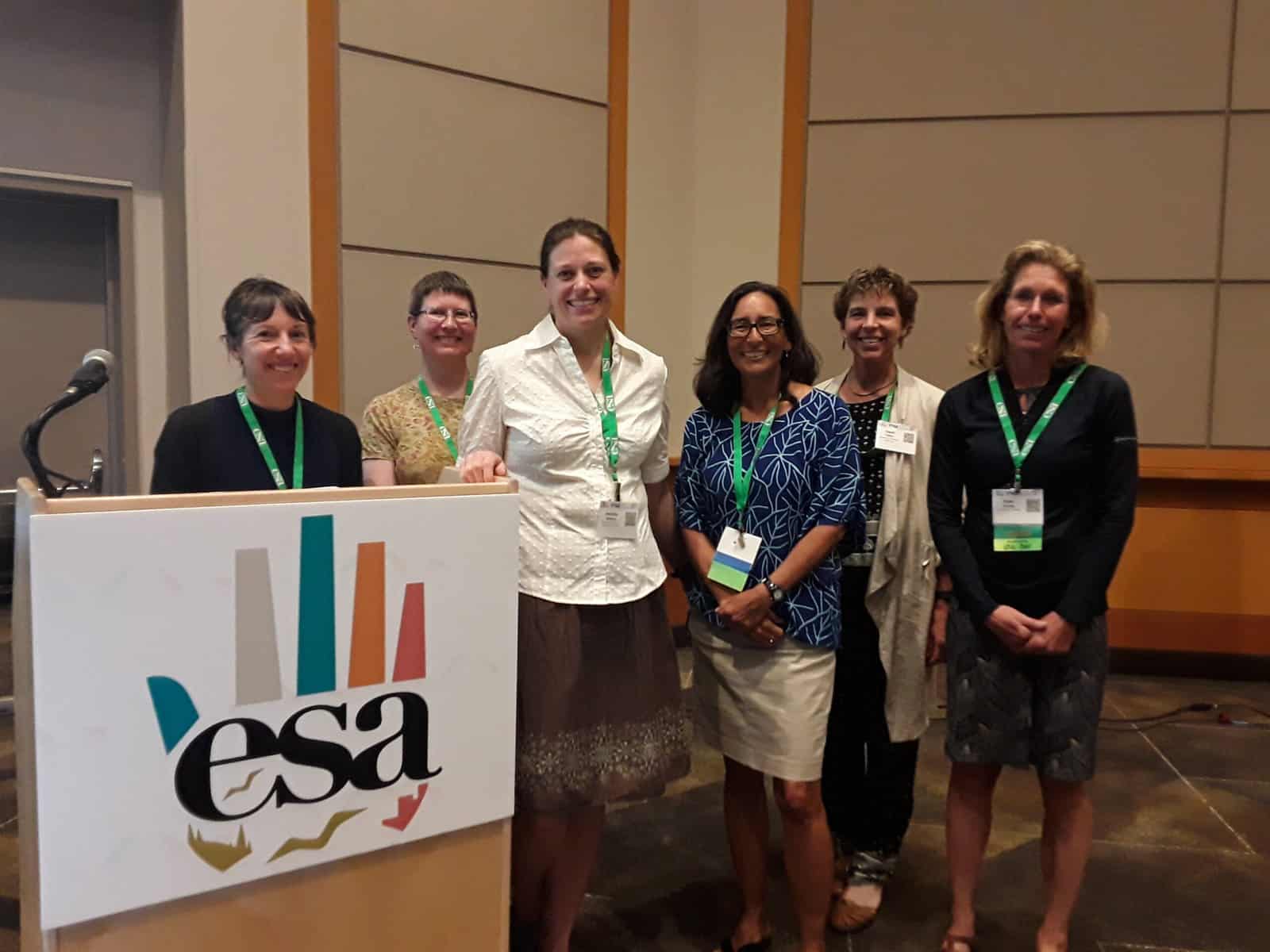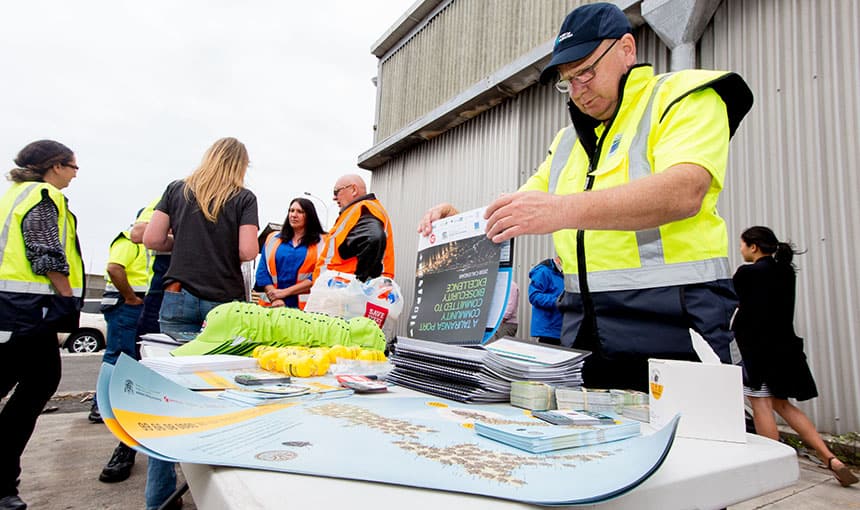The impact of remote sensing on monitoring and reporting – The case of conformance systems
The rapid development of remote sensing technologies (such as airborne, unmanned aerial vehicles and terrestrial sensors) as surveillance tools to monitor the environment exposes firms,…















